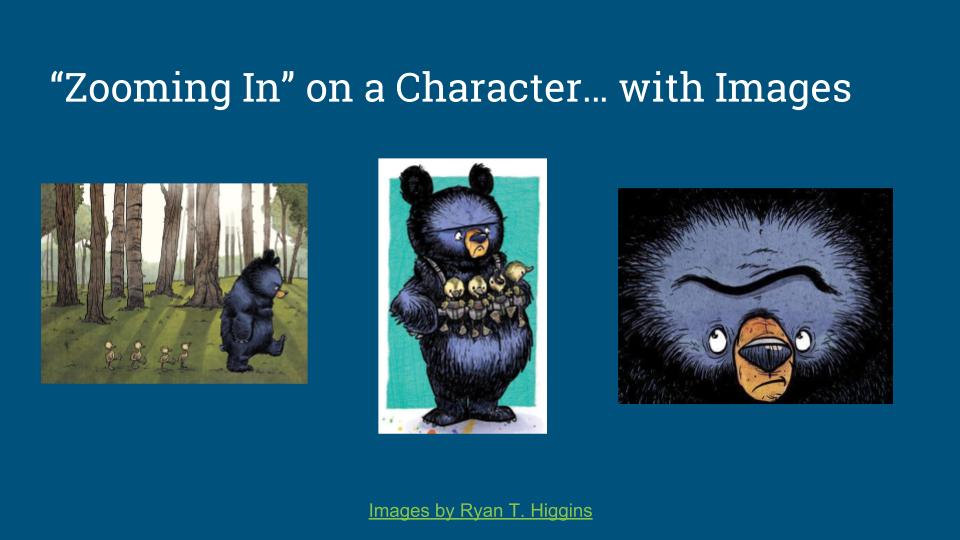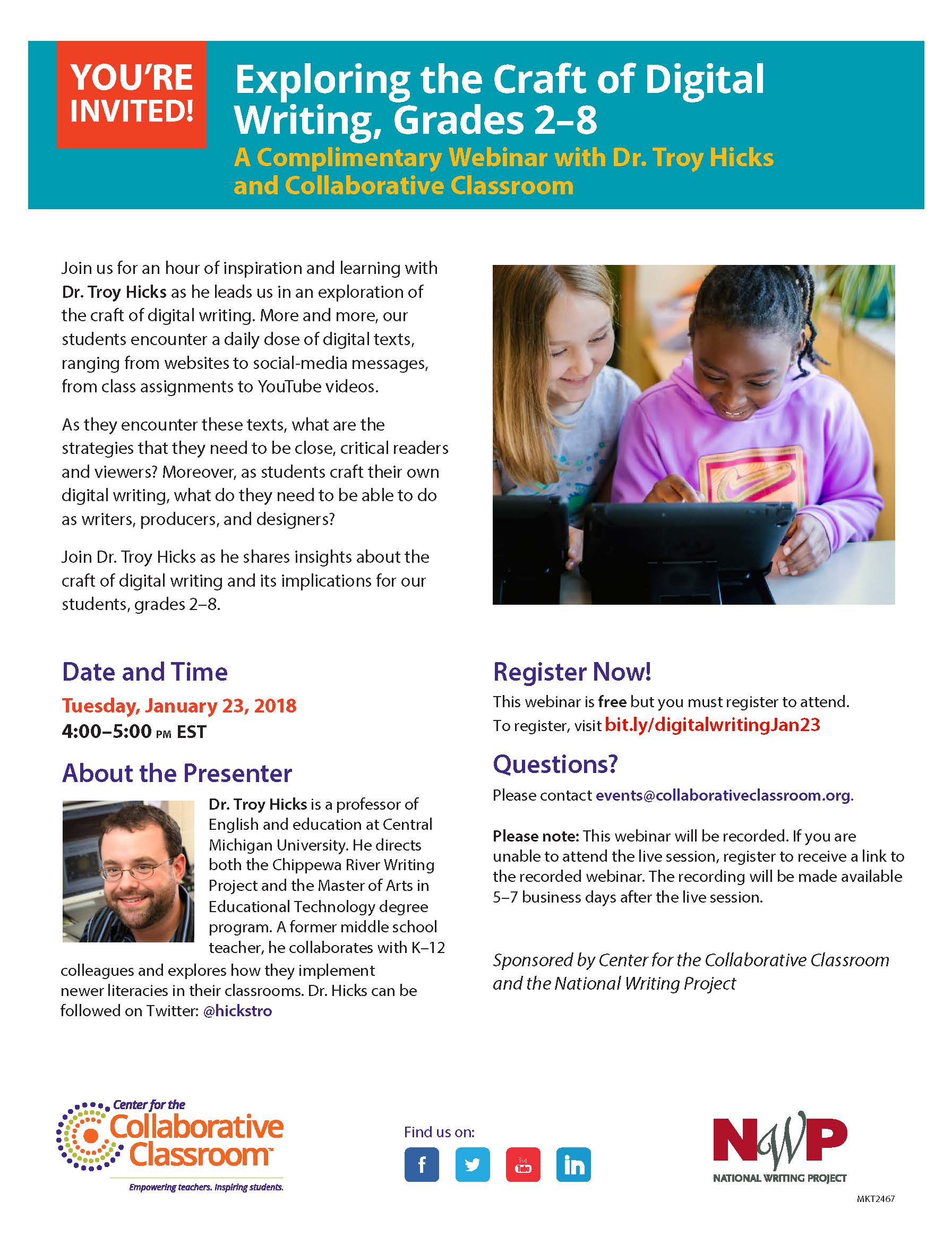In order to rethink my relationship with ed tech, I need to start by thinking about what my current relationship entails. My goal is to blog for about 30 minutes a day, so this creative constraint/daily deadline will keep me focused. For this week, I want to focus on how I read about educational technology (and, by extension, digital reading, new literacies, and other related topics). Of course, I try to stay on top of the normal news, too, and sneak in some pleasure reading from time to time. Yet, I am going to focus on the aspects of my daily patterns, mapping out an arc of what I do in a typical day in order to stay on top of ed tech news. In short, my reading patterns look like this:
- Wake up/breakfast time: Quick scan of social networks, especially if I have been tagged, and to see what Nuzzel has automatically generated in my own daily newsletter (which is intertwined with my Twitter)
- Daily triage of the inbox: here, I parse out email updates that I want (as compared to the countless promotions sent by the companies and services I use). There are three general genres of email updates that I pay particular attention to. While the amount of time I spend on any one of these items on any given day may be small, they each offer some insights that are useful and often having me clicking open anywhere from 2 or 3 to 8 or 10 new tabs for later reading.
- From an organizational genre, I appreciate EdSurge News, the Connected Learning Alliance (sign up at bottom of page), Common Sense Media (sign up at bottom of page), NCTE’s Inbox, ILA Daily Blog, and Edutopia.
- From an individual update/daily newsletter genre, I am subscribed to Stephen Downes and Tony Vincent, as well as the ISTE Connect forums, among other listservs. Also, Bryan Alexander posts regularly, though what he shares is not a newsletter, it is a substantive, almost-daily post.
- And, from the weekly newsletter genre, I get quite a few, including Monica Burns, Tom Liam Lynch, and Doug Belshaw. There are more, but those are the ones that I still have marked “unread” and want to dig into (which is a problem).
- I then usually attack the day’s email, which, for purposes of this series of blogs posts, I will not count as “reading,” since it is quite utilitarian.
- Later in the day, depending on the academic work that I have at hand, I will do additional reading, returning to the tabs that I have opened and diving into Google Scholar or my library database. Sometimes those tabs stay open a long time. I’ll write through that problem more, too.
Over the next week, I will explore each of these sources in a bit more detail. I will also describe some reading strategies that I use, hearkening back to a series of posts that I did while Kristen Turner and I were working on our Connected Reading book (here, here, and in a six-part series: 1, 2, 3, 4, 5, and 6). I also want to make a concerted effort (as I have many times over the years) to get back into RSS reading, and to think about how I use Zotero to keep track of my reading. I am thinking that there must be a better way to do all this, and perhaps I can think through it with a concerted effort in January. And, with that, I have hit my 30 minutes(+). So, I will look forward to writing a bit more, later in the week, about how I am using these reading practices and what I may be able to do different in the year ahead to be more focused and efficient (at times), as well as more substantive and with intention (at other times).

This work is licensed under a Creative Commons Attribution-NonCommercial-ShareAlike 4.0 International License.
Photo by freestocks.org on Unsplash













